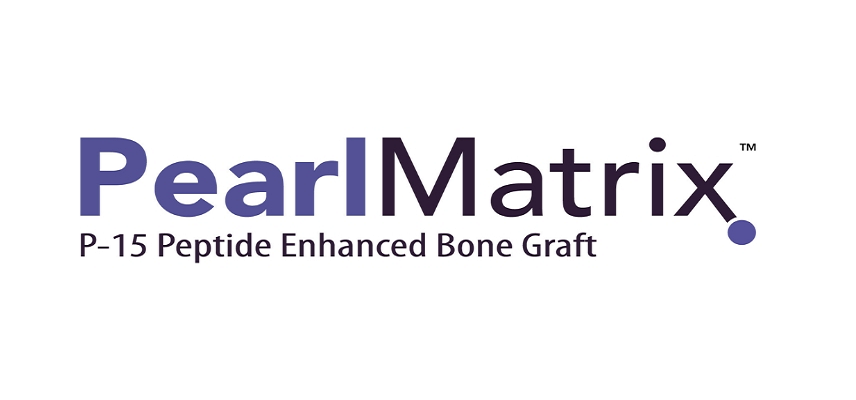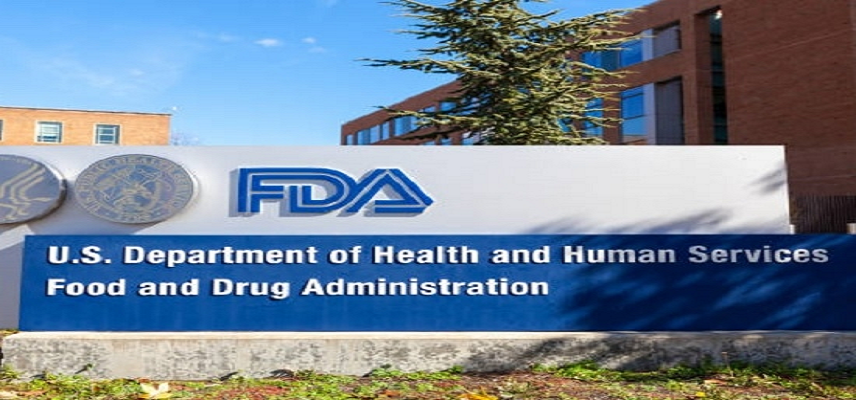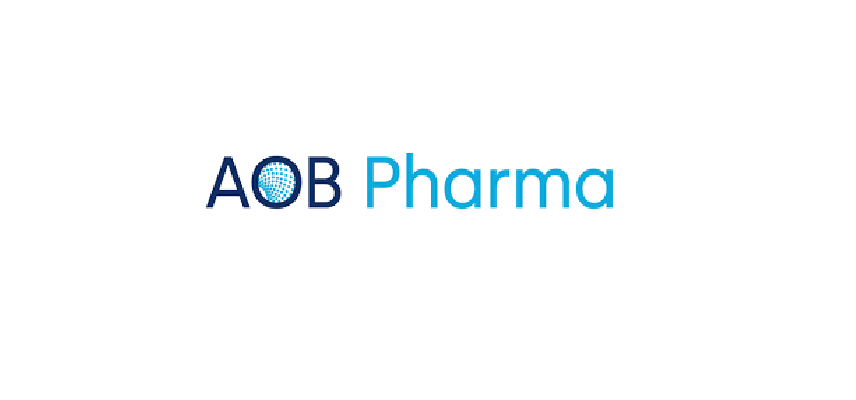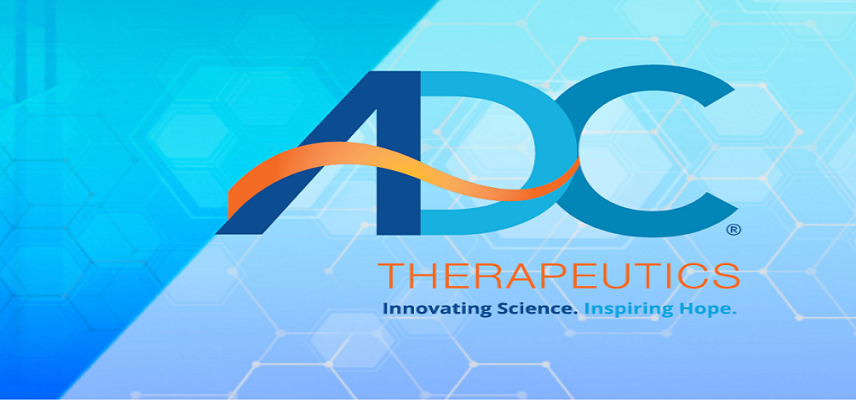FDA clears PearlMatrix as first lumbar fusion accelerator
BrightGene Presents Positive Phase 2 Data for Dual GLP-1R/GIPR Agonist for Weight Management and Type 2 Diabetes, and Preclinical Data for Novel Amylin Analog at the American Diabetes Association's 85th Scientific Sessions
About the company: BrightGene Pharmaceutical Co., Ltd. & their work
- BrightGene Pharmaceutical Co., Ltd., a global, innovation-driven pharmaceutical company, presented data from two Phase 2 studies for BGM0504, its investigational dual agonist targeting the glucagon-like peptide-1 receptor (GLP-1R) and the glucose-dependent insulinotropic polypeptide receptor (GIPR), as well as preclinical data for its novel amylin analog BGM1812, at the 85th American Diabetes Association (ADA) Scientific Conference.
- Results from two separate Phase 2 studies with BGM0504 demonstrated significant potential for weight management and reduction of metabolic risk in people with type 2 diabetes (including superiority over semaglutide), and in overweight and obese non-diabetic individuals.
- Preclinical data for BGM1812 demonstrated superior receptor activation, robust weight loss, and synergistic potential with GLP-1/GIP dual agonism, supporting its further development as a next-generation amylin analogue for the treatment of obesity.
Comments from the CEO of BrightGene
- These Phase 2 data highlight the significant, best-in-class potential of BGM0504 as a treatment for type 2 diabetes and obesity, including potential superiority to semaglutide and a strong safety profile, while our preclinical data for BGM1812 support its continued development as a next-generation amylin analog for the treatment of obesity, highlighting the additional potential in our pipeline,” said Dr. Jiandong Yuan, CEO of BrightGene.
- Based on our extensive expertise in peptides and strong heritage of high-quality, efficient drug development, BrightGene is committed to accelerating innovative therapies to address unmet patient needs in metabolic diseases and other important therapeutic areas.”
Phase 2 study of BGM0504 in type 2 diabetes
- This multicenter, randomized, double-blind (placebo-controlled) and open-label (semaglutide-positive controlled) study evaluated the pharmacokinetics, safety and efficacy of weekly subcutaneous injection of BGM0504, with a primary endpoint of change from baseline in HbA1c at week 12 of target dose administration.
- In addition, multiple secondary endpoints were assessed, including: PPG-2h, fasting plasma glucose (FPG), body weight, HbA1c, combined target HbA1c/body weight ratios, HOMA2-B, blood lipids, systolic blood pressure (SBP) and diastolic blood pressure (DBP).
- The study included 67 participants with type 2 diabetes, aged 18 to 65 years, and 64 received the dose after randomization, who were randomized into five groups: 5 mg (n = 13), 10 mg (n = 12), 15 mg (n = 13), positive control group (semaglutide; n = 16), or placebo (n = 13).
- Participants in the study were adults with a baseline HbA1c between 7.0% and 10.0% and a Body Mass Index (BMI) between 19.5 and 35 kg/m 2.
- At week 12 of target dose administration, treatment with BGM0504 resulted in reductions in HbA1c in all three dose groups, which were statistically significant compared with placebo and greater than the reduction with semaglutide treatment.
- The reductions were: −1.72% in the 5 mg group, −1.94% in the 10 mg group, −2.48% in the 15 mg group, compared with −1.43% with semaglutide and −0.28% with placebo.
- Similar results were observed for multiple secondary endpoints, including PPG-2h, FPG, body weight, HbA1c and the combined target HbA1c/body weight ratios.
- In addition, variable patterns of improvement were observed for HOMA2-B, blood lipids, SBP and DBP.
- Most treatment-emergent adverse events (TEAEs) were Grade 1 or 2 during the rapid titration period and were gradually tolerated after reaching the target dose.
- The most common treatment-related gastrointestinal adverse events were diarrhea, nausea, and abdominal distension; no hypoglycemia or other unexpected adverse events occurred.
Phase 2 study of BGM0504 in obesity
- This randomized, double-blind, placebo-controlled study evaluated the safety and efficacy of BGM0504 in 120 Chinese adults with obesity during multiple-dose treatment (subcutaneous injection).
- Subjects included adults with a BMI ≥ 24 kg/m 2 (mean baseline BMI ≥ 27 kg/m 2) with prediabetes and/or at least one comorbidity related to obesity, or adults with obesity (BMI ≥ 28 kg/m2, mean baseline BMI ≥ 30 kg/m2).
- Participants were randomized into four groups: 5 mg (n=30), 10 mg (n=30), 15 mg (n=30), or placebo (n=30).
- The study consisted of a titration phase (2–6 weeks), followed by a 24-week treatment period with weekly dosing, and a 2-week follow-up.
The outcomes
- The study results showed reductions in waist circumference ranging from −8.0 cm to −12.98 cm (p < 0.001), and significant weight reductions ranging from −10.77% to −19.78% (LS means, adjusted for placebo).
- The results also showed improvements in systolic blood pressure from −11.60 to −13.03 mmHg and in diastolic blood pressure from −5.98 to −7.50 mmHg (p < 0.05).
- Secondary outcomes further supported the efficacy of BGM0504, and all doses were well tolerated with common adverse events.
Preclinical study of BGM1812
- In a preclinical study, BGM1812 demonstrated strong receptor activation with 1.8× and 2.2× increased agonist activity (EC50) at the amylin and calcitonin receptors, respectively, compared to petrelintide.
- The agonist also demonstrated dose-dependent weight loss over the dose range of 0.012 – 0.12 mg/kg in the diet-induced obesity (DIO) rat model.
- At 0.04 mg/kg, BGM1812 achieved greater weight reduction than petrelintide, which is in development by Zealand Pharma.
- In addition, BGM1812 significantly preserved relative lean body mass while reducing relative fat mass.
- Furthermore, the combination of BGM1812 and BGM0504 resulted in greater and more sustained weight loss than semaglutide + cagrilintide or amycretin in the DIO rat model.
Over BGM0504
- The peptide hypoglycemic drug BGM0504 is a dual agonist of the GLP-1 (glucagon-like peptide 1) receptor and the GIP (glucose-dependent insulinotropic polypeptide) receptor, independently developed by BrightGene.
- BGM0504 can activate the downstream signaling pathways of GIP and GLP-1, with biological effects such as regulating blood sugar, weight loss, and treating nonalcoholic steatohepatitis (NASH).
- It also shows potential for the treatment of various metabolic disorders.
- BGM0504 is currently in phase 3 studies in China for weight management and type 2 diabetes, and has completed a phase 1 bridging study for weight management in the United States.
- To date, BGM0504 has been studied in more than 1,000 patients and has demonstrated superior efficacy and a strong safety profile.
Over BGM1812
- BGM1812 is a novel amylin analogue designed using AI/ML-driven optimization to improve agonist activity and formulation characteristics.
- As a potent and ultra-long-acting amylin, BGM1812 has the potential to be developed as a weekly oral tablet.
About BrightGene
- BrightGene is a global, innovation-driven pharmaceutical company, listed on the Shanghai Stock Exchange, dedicated to the development and manufacturing of high-quality medicines to address unmet patient needs.
- Founded in 2001, BrightGene has grown from an established global leader in complex generics and biosimilars to a developer of innovative therapies for metabolic and respiratory diseases.
- As an established leader in complex chemistry and conjugation technology, BrightGene has proprietary, advanced platforms in peptides, siRNA, nanobodies and advanced formulations, as well as 272 patents.
- The company remains a global supplier of 15 active pharmaceutical ingredients (APIs) and 2 drug products to the U.S. and EU. BrightGene is headquartered in China.
More information is available at https://www.bright-gene.com/
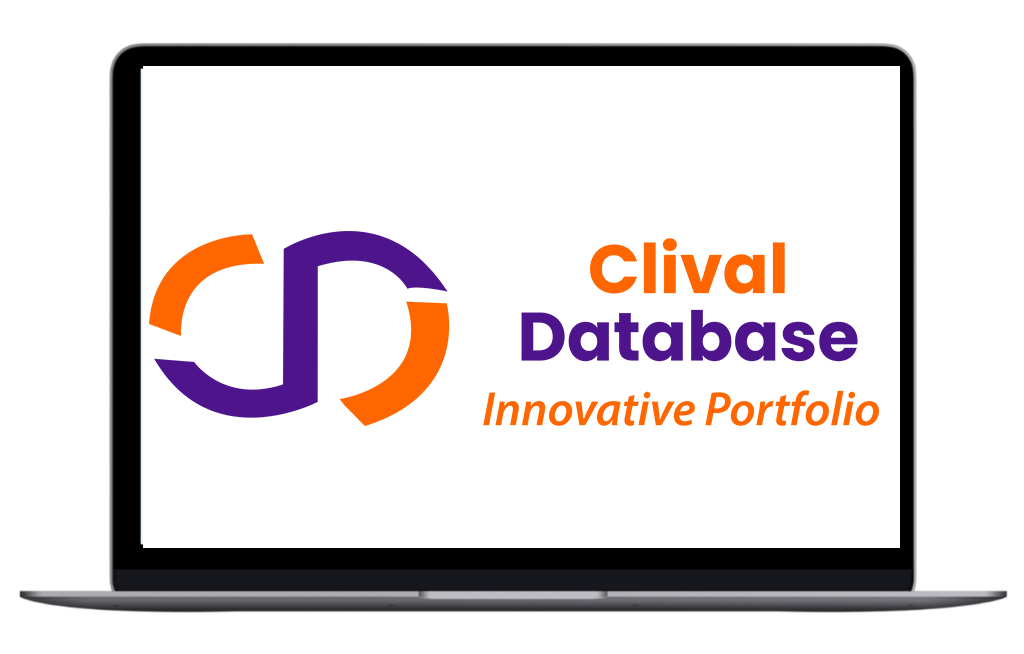
Optimize Your trial insights with Clival Database.
Are you exhausted from the uncertainty of trial insights pricing? Clival Database ensures the clarity in the midst of the global scenario for clinical trials to you.Clival Database is one of the best databases that offers an outstanding number of clinical trial data in terms of 50,000+ molecules and from primary regulatory markets as well as new entrants like Indian and Chinese markets.
With Clival, you get accurate positioning of historical sales data, patent database, company profiling, safety & efficacy, and prediction of launch of new innovative molecules helping you to align your research and driving down the cost.
To add value, we further break down our analytics for you so that improving your operational effectiveness; optimizing your clinical trials; and offering you accurate and high-quality data at lowest possible prices becomes possible.
Elevate your trial success rate with the cutting-edge insights from Clival database.
Check it out today and make more informed sourcing decisions! Learn More!

